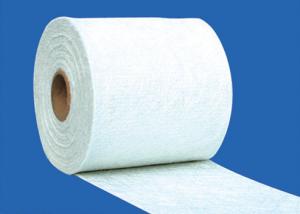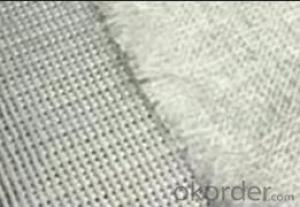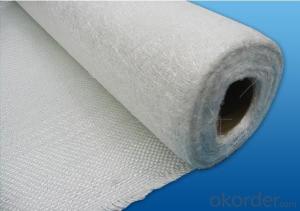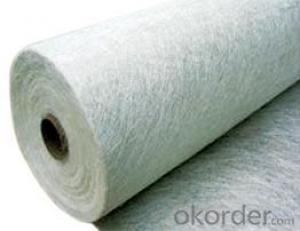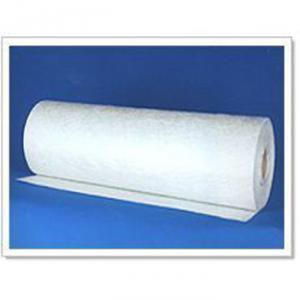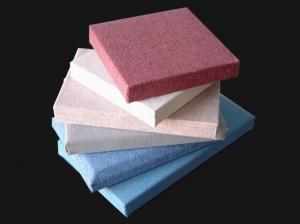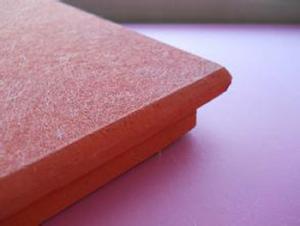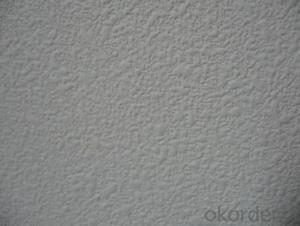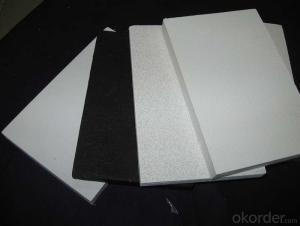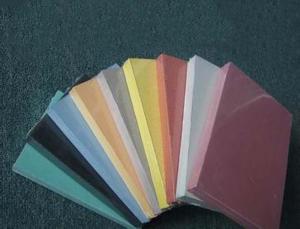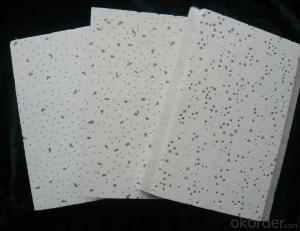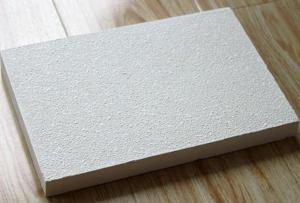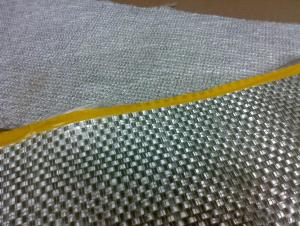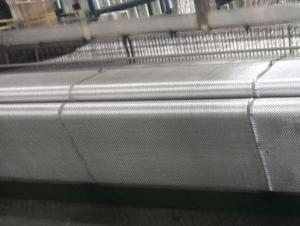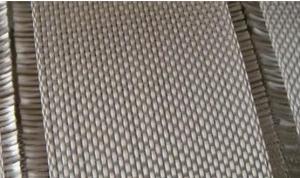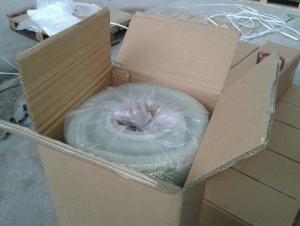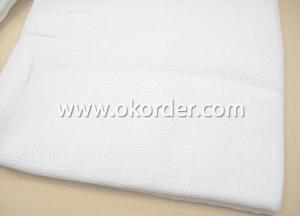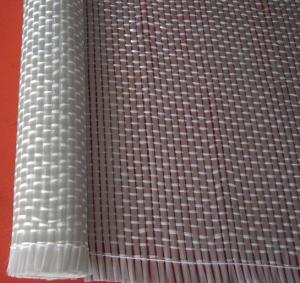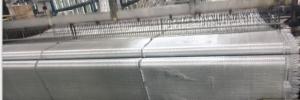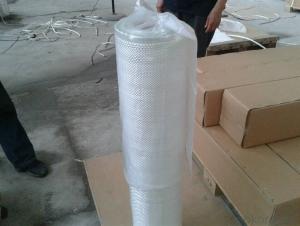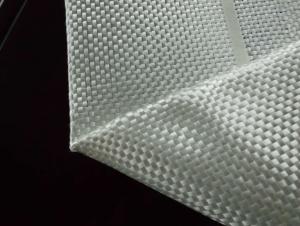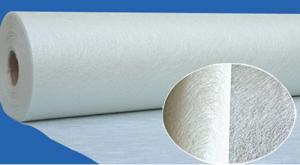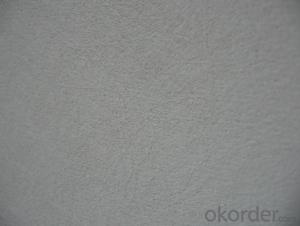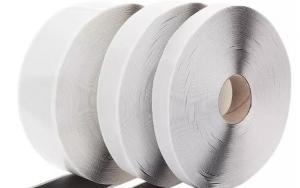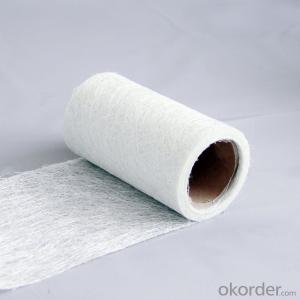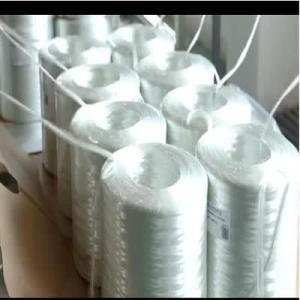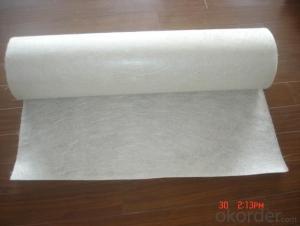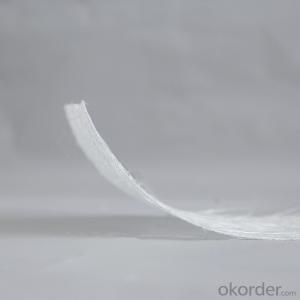Fiberglass Woven Roving Combo Mat
Fiberglass Woven Roving Combo Mat Related Searches
Fiberglass Woven Roving Combo Mat Direct Roving Fiberglass Owens Corning Fiberglass RovingHot Searches
Fiberglass Woven Roving Combo Mat Supplier & Manufacturer from China
Okorder.com is a professional Fiberglass Woven Roving Combo Mat supplier & manufacturer, offers integrated one-stop services including real-time quoting and online cargo tracking. We are funded by CNBM Group, a Fortune 500 enterprise and the largest Fiberglass Woven Roving Combo Mat firm in China.Hot Products
FAQ
- Yes, fiberglass mat tissue is resistant to UV radiation. Fiberglass is known for its excellent resistance to UV rays, making it highly suitable for outdoor applications. UV radiation from the sun can cause materials to degrade, discolor, or become brittle over time. However, fiberglass mat tissue is made with a special resin that provides UV stability, allowing it to maintain its strength and integrity even when exposed to sunlight for extended periods. This makes fiberglass mat tissue a popular choice for various outdoor applications such as roofing, boat construction, and exterior cladding, where it is essential to have a material that can withstand the damaging effects of UV radiation.
- No, fiberglass mat tissue is not suitable for insulating windows. It is primarily used for reinforcing and strengthening surfaces, such as in the construction industry, and is not designed to provide thermal insulation.
- Yes, fiberglass mat tissue can be used for composite tooling. Fiberglass mat tissue is a lightweight material made of randomly oriented fiberglass strands bonded together with a resin binder. It is commonly used as a reinforcement material in composite applications such as boat building, automotive parts, and aerospace structures. When used for composite tooling, fiberglass mat tissue can provide strength and stiffness to the tooling structure. It can be layered and impregnated with resin to form a solid and durable composite tool. The resin binder in the mat tissue helps to hold the fibers together and provide resistance against wear and tear. Fiberglass mat tissue is also flexible and can be easily molded into complex shapes, making it suitable for creating tooling with intricate designs. It can be easily cut and shaped to match the desired tooling dimensions. However, it is important to note that fiberglass mat tissue alone may not be sufficient for all types of tooling applications. Depending on the specific requirements of the tool, additional reinforcement materials such as carbon fiber or Kevlar may need to be added to enhance the strength and durability. Overall, fiberglass mat tissue can be a cost-effective and practical choice for composite tooling, providing strength, flexibility, and ease of use.
- Fiberglass mat tissue exhibits excellent chemical resistance due to the inherent properties of the fiberglass material. The mat tissue is typically composed of glass fibers that are woven or bound together, providing a barrier against a wide range of chemicals. The glass fibers themselves are highly resistant to corrosion, making fiberglass mat tissue suitable for use in environments where exposure to chemicals is a concern. The chemical resistance of fiberglass mat tissue can vary depending on the specific resin or binder used in the manufacturing process. Different types of resins may provide enhanced resistance to certain chemicals, while others may be more susceptible to degradation. It is important to consider the specific chemicals that will come into contact with the fiberglass mat tissue and select a resin or binder that is compatible with those substances. In general, fiberglass mat tissue is known for its resistance to acids, alkalis, solvents, and many other chemicals commonly found in industrial and commercial settings. It can withstand exposure to a wide range of corrosive substances, making it a versatile and durable material for various applications. However, it is worth noting that prolonged exposure to highly concentrated or aggressive chemicals may eventually cause some degradation or deterioration of the fiberglass mat tissue. Therefore, it is essential to consult the manufacturer's specifications and guidelines to ensure proper chemical compatibility and performance in specific environments.
- Yes, fiberglass mat tissue can be used for wind turbine nacelles. It is a commonly used material in the manufacturing of nacelles due to its lightweight, high strength, and excellent weather resistance properties.
- Fiberglass mat tissue, also known as fiberglass mat or simply mat, typically comes in various thicknesses depending on its intended use. The thickness can range from 0.5 millimeters (mm) to as thick as 3 mm. However, the most commonly used thicknesses for fiberglass mat tissue are 1.5 mm and 2 mm. These thicknesses are ideal for applications such as reinforcing laminates, composite materials, and providing surface finishes. It is important to note that the specific thickness of fiberglass mat tissue may vary depending on the manufacturer and the specific requirements of the project.
- Indeed, compression resistance is a quality possessed by fiberglass mat tissue. Comprising numerous layers of delicate glass fibers that are bound together by a binder, this material exhibits exceptional structural integrity and strength. Consequently, it can endure substantial loads without distorting or compromising its shape. This remarkable attribute renders fiberglass mat tissue highly sought-after in numerous sectors, including construction, automotive, aerospace, and marine industries, where resistance to compression is imperative. Furthermore, fiberglass mat tissue is renowned for its exceptional dimensional stability, which further augments its ability to withstand compression.
